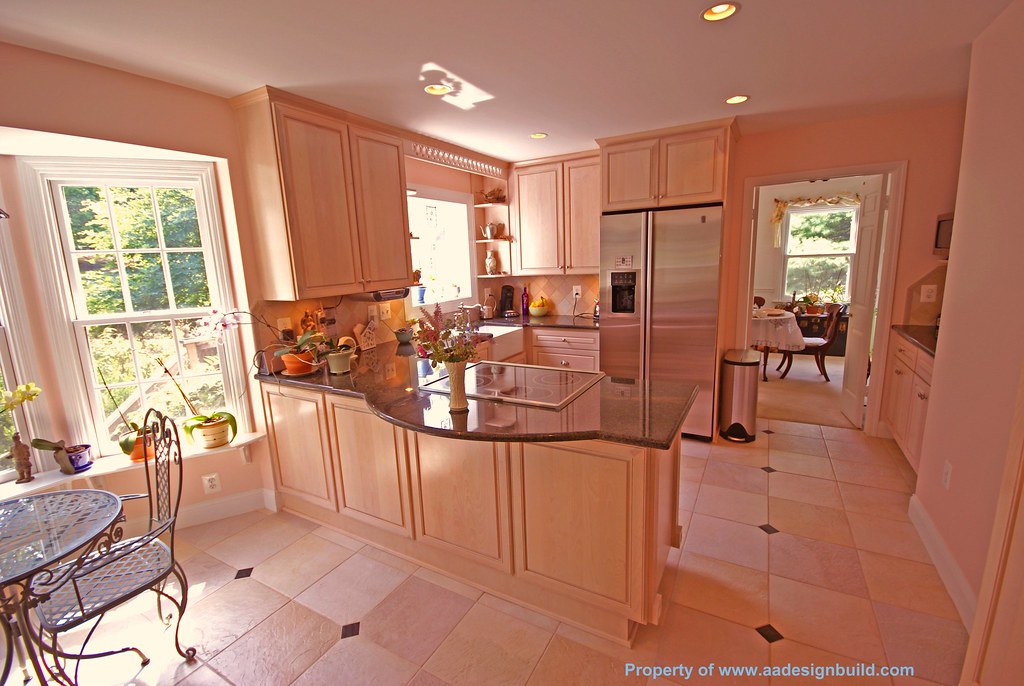By Emily Owens
Greetings, fellow container home enthusiasts! If you’re like me, you’ve fallen head over heels in love with the idea of living in a shipping container home. There’s something undeniably fascinating about turning these massive steel boxes into cozy, eco-friendly abodes. But before you start sketching out your dream container home floor plan, you need to be aware of a crucial factor: community restrictions.
Yes, community restrictions can be a real buzzkill, but they’re a necessary evil in the world of container home living. In this article, we’ll dive deep into the world of container home regulations, exploring why they exist, how they affect your container home dreams, and some creative solutions to navigate through them. So, grab your favorite beverage and settle in for a container home journey filled with twists and turns!
Why the Fuss About Community Restrictions?
Let’s begin with the big question: why do community restrictions even exist? Well, it’s not just to ruin your container home daydreams, I promise. Communities, whether they are suburban neighborhoods, rural areas, or even urban districts, have regulations in place to ensure the safety, aesthetics, and functionality of the neighborhood.
These regulations aren’t limited to just container homes; they cover a wide range of architectural and zoning concerns. But container homes, being the quirky and unique dwellings they are, often find themselves under closer scrutiny.
Here’s a glimpse into why these regulations exist
Safety Concerns: Traditional building codes exist for a reason. They’re designed to protect inhabitants from potential hazards. When it comes to container homes, authorities want to make sure they meet the same safety standards as conventional houses.
Aesthetics: Let’s face it, a poorly executed container home can stick out like a sore thumb in an otherwise picturesque neighborhood. Community restrictions often address this concern to maintain the overall look and feel of the area.

Infrastructure Compatibility: Container homes may have unique utility requirements, such as plumbing and electrical systems. Ensuring these systems integrate seamlessly with existing infrastructure is crucial.
Property Values: Neighbors understandably worry about their property values when an unconventional home moves in next door. Regulations aim to strike a balance between individual expression and maintaining property values.
Now that we know why community restrictions exist, let’s explore how they can impact your container home dreams.
The Impact on Your Container Home Dreams
The extent to which community restrictions affect your container home project can vary significantly based on your location. Some areas are more welcoming to container homes than others, while some might require more creative solutions. Here are some common ways these restrictions can impact your container home plans:
Zoning Regulations: Zoning laws dictate what types of structures can be built in specific areas. Container homes may be classified as “single-family dwellings” in some places, while in others, they might be considered “accessory structures” or “tiny homes.” Understanding your local zoning regulations is the first step.
Building Codes: Local building codes govern the design, construction, and safety aspects of your container home. You’ll need to ensure your project complies with these codes, which may include structural requirements, insulation, and fire safety measures.
Permitting Process: Be prepared for a potentially lengthy permitting process. You’ll likely need to submit detailed plans and drawings for approval, and this process can vary in complexity depending on your location.
Homeowner’s Association (HOA) Rules: If you live in a community with an HOA, you’ll need to navigate their rules and guidelines. Some HOAs may have strict regulations about the appearance of homes and structures, which can impact your container home’s design.
Utilities and Services: Ensuring your container home is connected to utilities like water, sewer, and electricity is essential. You may need to work closely with utility companies to make this happen.
Aesthetic Concerns: Some communities place restrictions on the exterior appearance of homes. This can include rules about the color of your container home, the materials used for siding, and even landscaping requirements.
Creative Solutions for Container Home Enthusiasts
Now that we’ve established the challenges posed by community restrictions, let’s talk about how you can overcome them and turn your container home dream into a reality.
Educate Yourself: The first step is to thoroughly research your local regulations. Consult with local authorities, planners, and zoning officials to understand what you’re up against. Knowledge is your best ally.
Customize the Design: Get creative with the design of your container home. Work with an architect who has experience with container homes to develop a plan that meets both your vision and local regulations.

Engage with the Community: Be proactive in addressing concerns within your community. Hosting informational sessions or open houses to showcase the potential of container homes can help build support among your neighbors.
Seek Variances: In some cases, you may be able to request variances from specific regulations. This can be a lengthy process, but if you have a strong case, it’s worth exploring.
Consider Alternative Locations: If your ideal location is simply too restrictive, consider other areas that might be more container home-friendly. Rural locations or areas with less stringent regulations could be a viable option.
Consult a Professional: Container home construction can be complex. Hiring a professional who specializes in container home projects can help you navigate the intricacies of local regulations and ensure your project is built to code.
In conclusion, container homes are a unique and innovative housing solution, but they often face challenges when it comes to community restrictions. Understanding why these regulations exist and how they impact your container home dreams is the first step toward success. With creativity, persistence, and a dash of humor, you can navigate these restrictions and turn your container home dream into a reality.
Remember, while community restrictions may seem like a hurdle, they are also an opportunity to educate and advocate for container home living. By working within the system and engaging with your community, you can help pave the way for a more container-friendly future. So, roll up your sleeves, get your blueprints ready, and let’s make those container home dreams come true!



















Find Us on Socials